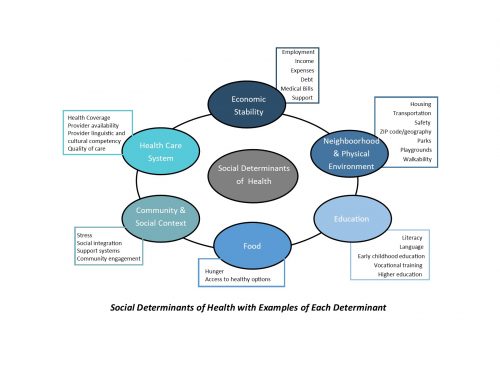I have read multiple blogging prognosticators discussing their predictions for workers’ compensation in 2017. Some funny, some serious. Just ask my husband, I always have to either have the last word or at least make sure my opinion is also included in any discussion. So here goes with my opinions regarding case management trends in 2017.
- Opioids – Most case management companies are aware of the opioid epidemic by now, and can quote statistics re: the issue, its costs to the Injured Worker, Society, the Employer and the Insurer. However how many Case Management companies have a cohesive, structured program for working with the Injured Worker and the treating physician at the time the first or subsequent prescriptions are written? I see this as a number one priority for the case management industry.
- Data Analytics – Understanding and supporting the insurers need for information for data analytics. Case managers need to discuss this need with their clients and determine what information best assists the development of data analytics for their clients.
- Collaborative Case Management – Any case management company that recently achieved their URAC accreditation was exposed to this concept and the benefits of developing worker focused, problem-based goals, and developing recommendations based on addressing these goals. I believe the need to educate case managers and accounts regarding the benefit of looking at the whole worker, not just their injury, will be a frequently addressed initiative this year.
- Alternative Transitional Duty will play a larger part in the RTW process.
- 24/7 Telephonic Triage Programs initiated at the time of injury to facilitate appropriate treatment at the appropriate facility, will be increasingly recognized as an effective first line case management tool.
- Appropriate use of field-based case management will continue to play an important role particularly in acute trauma, complex cases with medical or psycho-social co-morbidities, and those cases in which the injured worker is prescribed an opioid pain medication.
